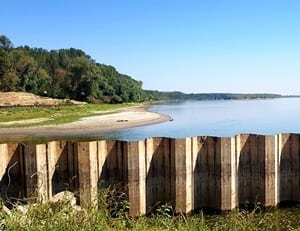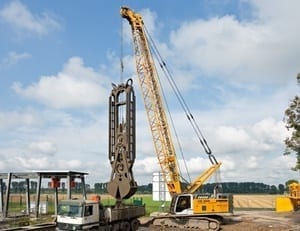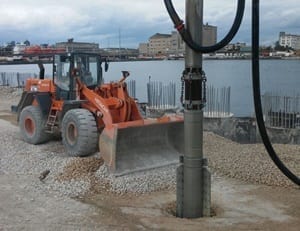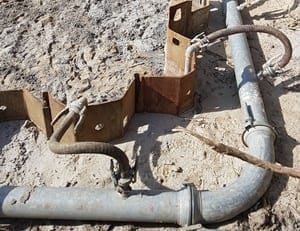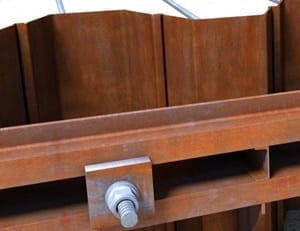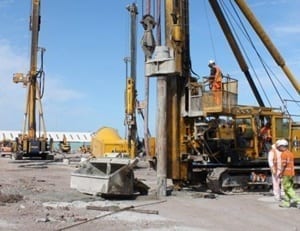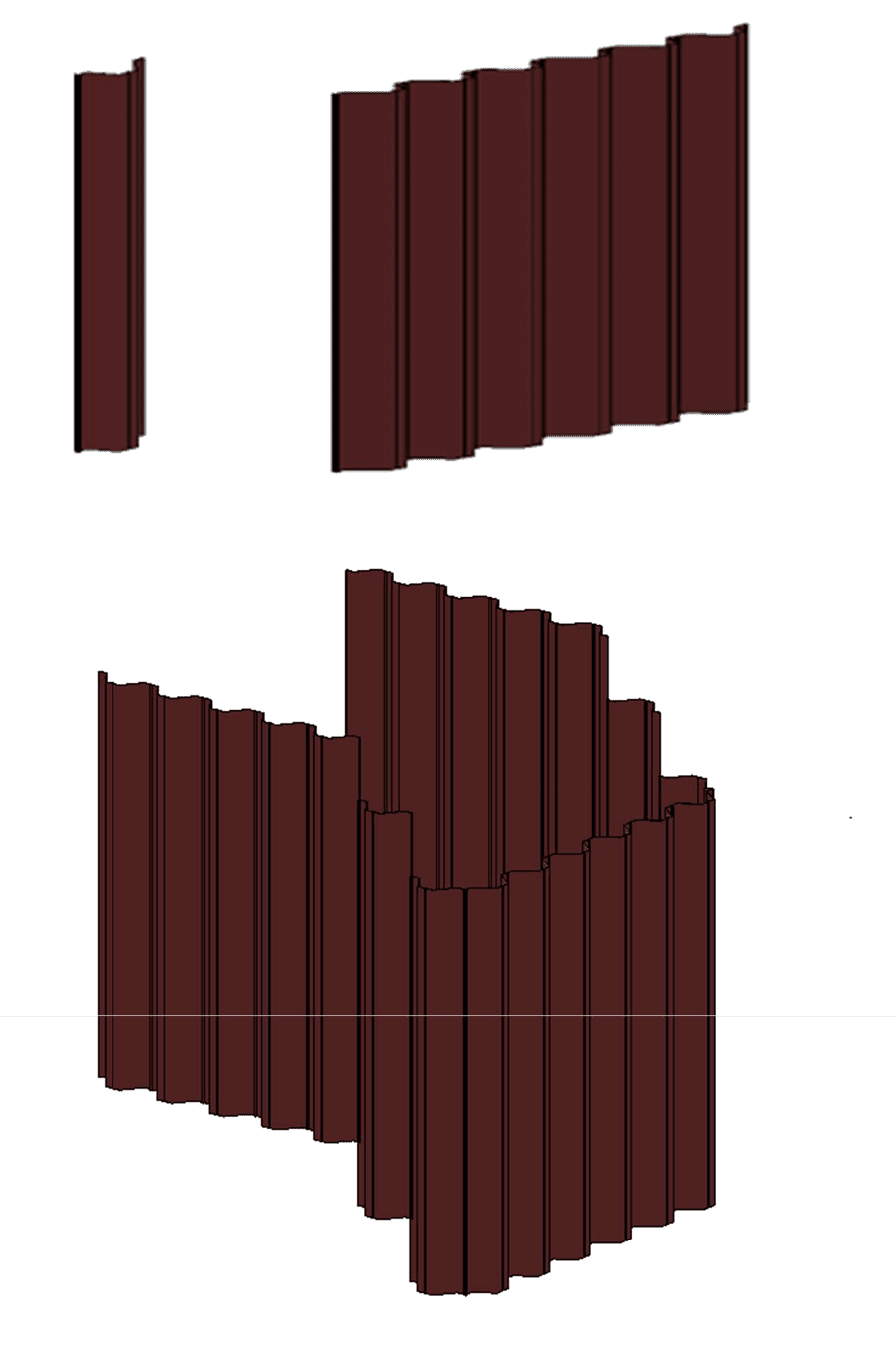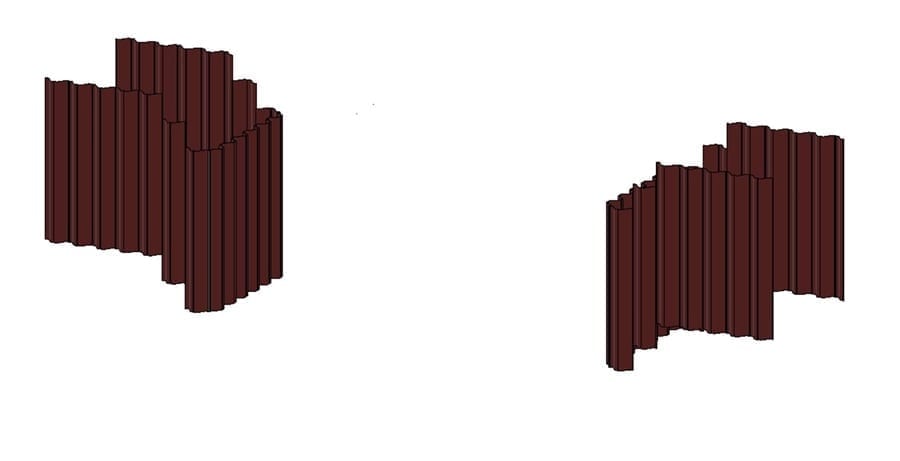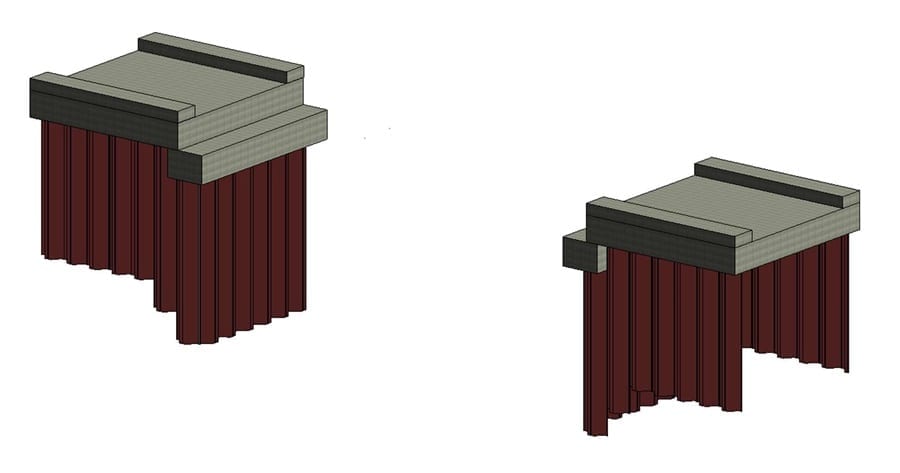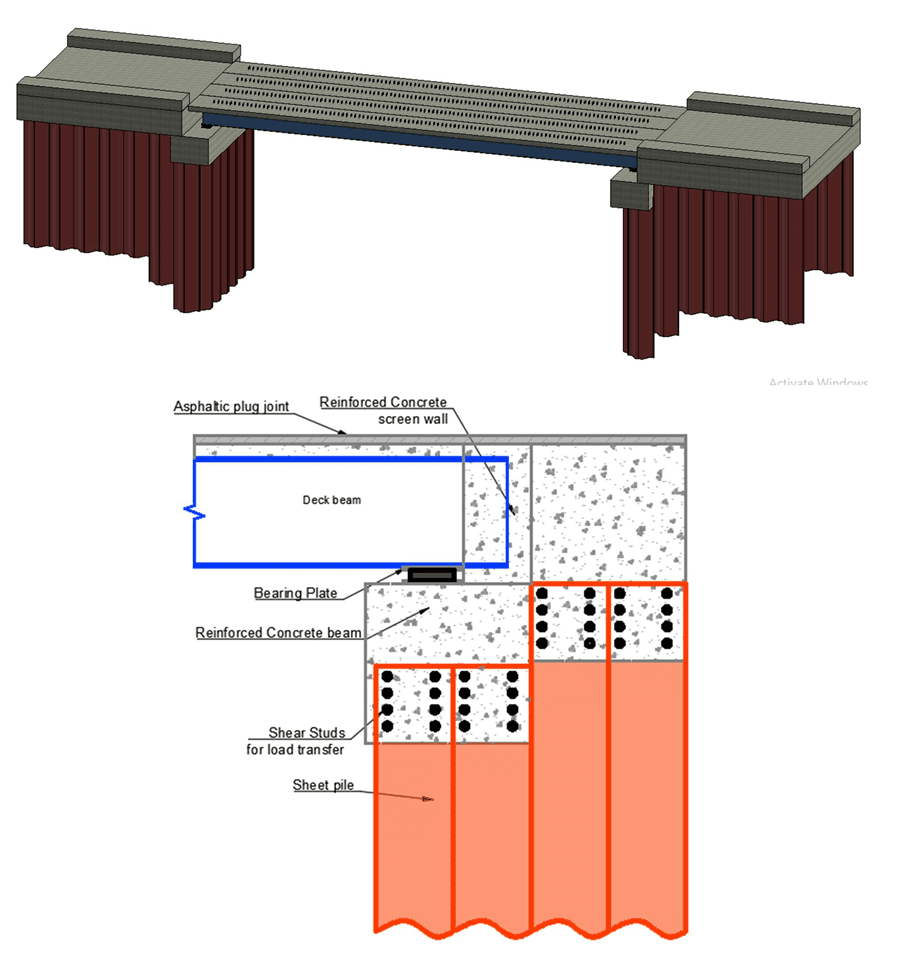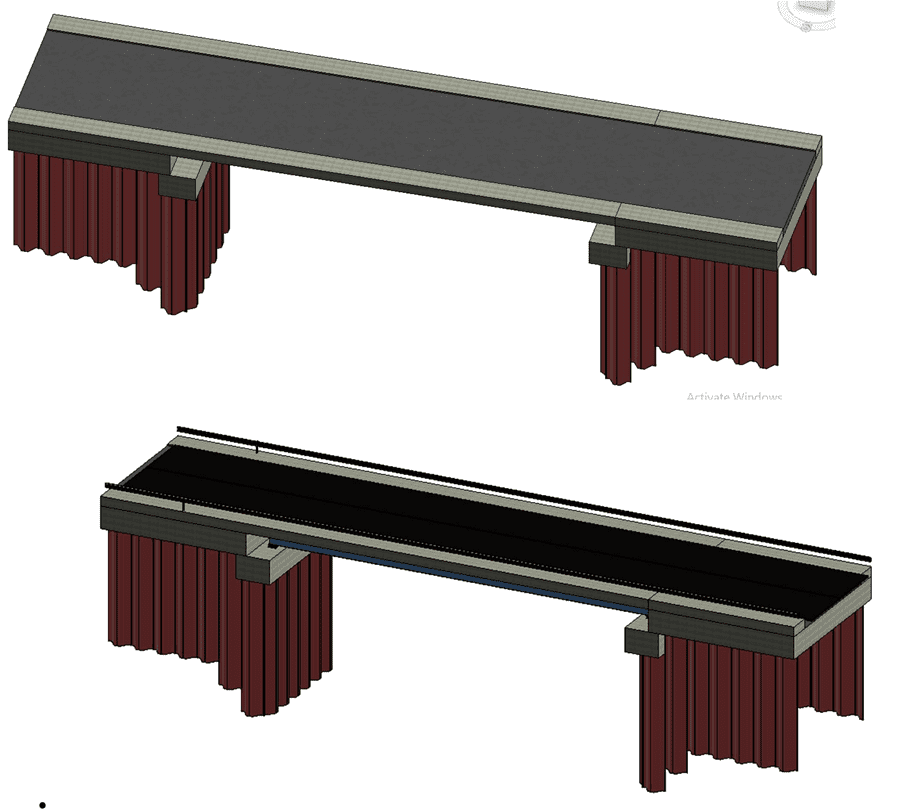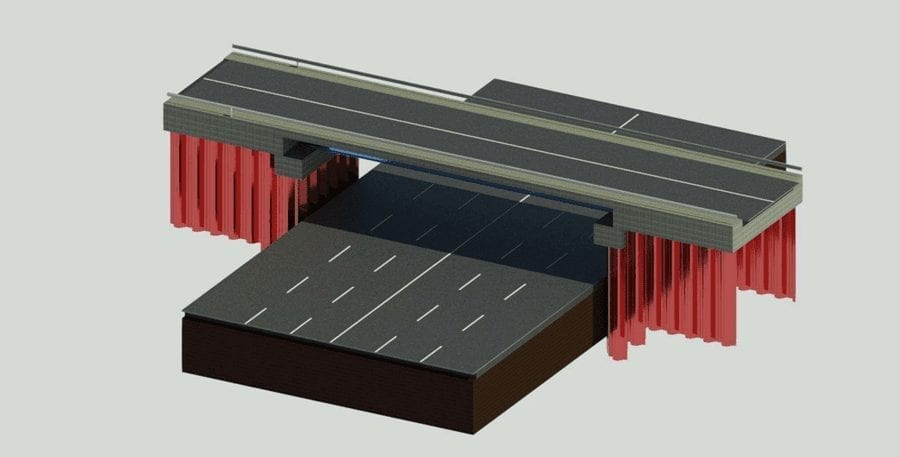BRIDGE ABUTMENTS
USE OF SHEET PILES FOR BRIDGE ABUTMENTS
Bridge construction projects are now facing new challenges. Apart from costs assocciated with building and maintenance, the time required for planning and execution of the project assumes a more important role. An innovative way to build bridge projects faster, more efficient is the use of two elements:
Composite bridges with sheet pile abutments are structures requiring less maintenance and repair by using contemporary corrosion protection technologies that do not require renewal throughtout the lifecyle after a service desing life of more than 100 years.
Steel components can be recovered and recycled. By adopting sheet piling for abutments, construction space is minimised and major excavation avoided.
Piles can be driven at the minimum distance from an existing carriageway or existing concrete foundations of previous bridges.
As there is no initial requirement for anything more than minor excavation or filling around the piles, the bridge deck may be installed at a very early stage, for example prior to the main excavation works when widening roads.
Other advantages of the use of sheet pile abutments:
✔ Construction is significantly quicker than that for rigid reinforced concrete foundations.
✔ They can easily be made aesthethically pleasing.
✔ They can be placed in advance of other works.
✔ They have immediate load-carrying capacity.
✔ There is minor disruption to traffic due to fast construction process.
CONSTRUCTION STAGES
▸ Once the bridge abutments are placed, prefabricated composite girders are placed on bearing plates resting on the capping beam.
▸ These girders include a thin concrete slab acting as form work for the final concrete deck and contributing to the final bearing resistance and stiffness of the structure.
As we continue to develop new infrastructure or rebuild old ones, there is a growing focus on the time spent for the execution of the projects. Using steel sheet piles as both retaining wall and load bearing foundation elements we can eliminate construction stages as opposed to the traditional way with concrete abutments. This further optimizes the time and cost spent for the execution of the project.
